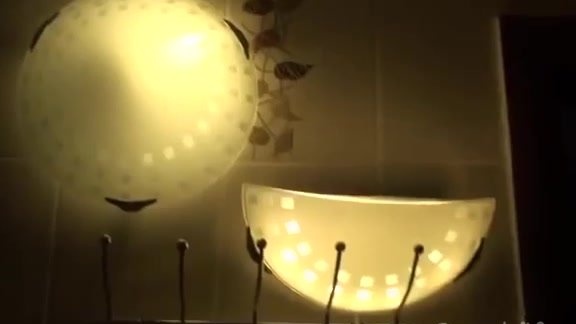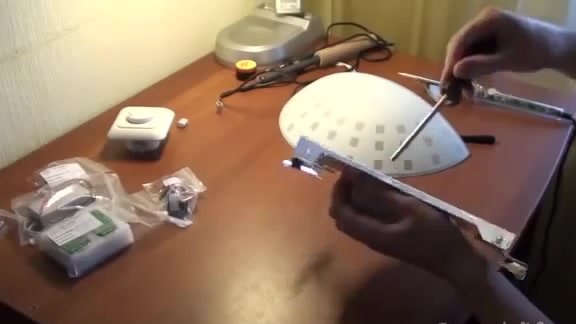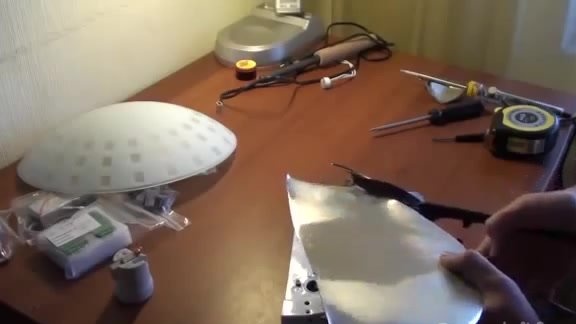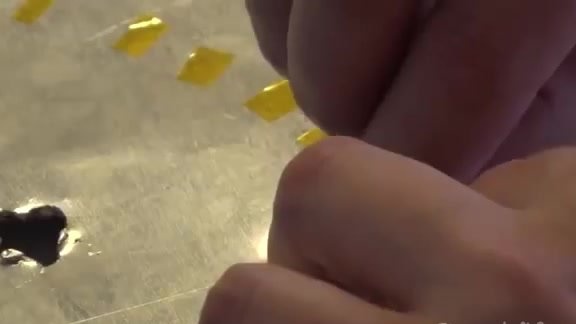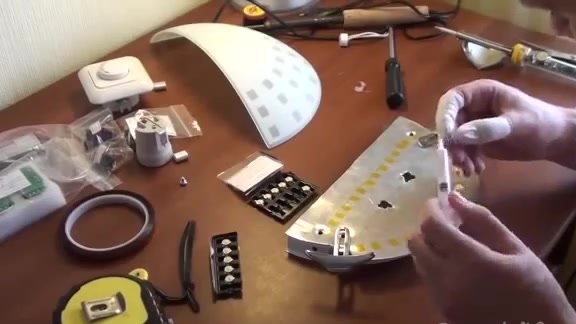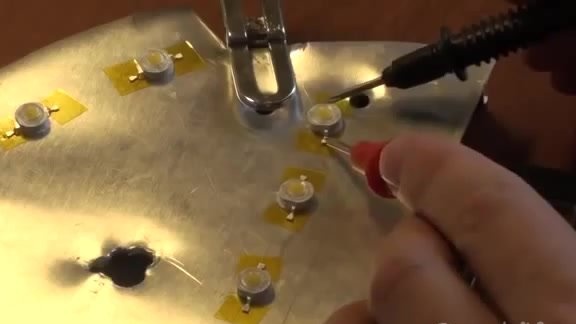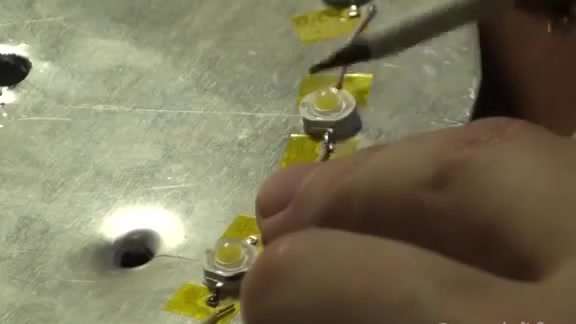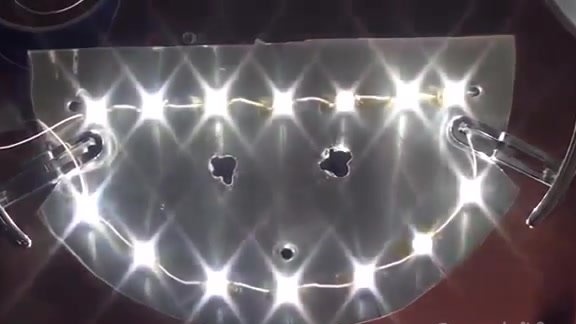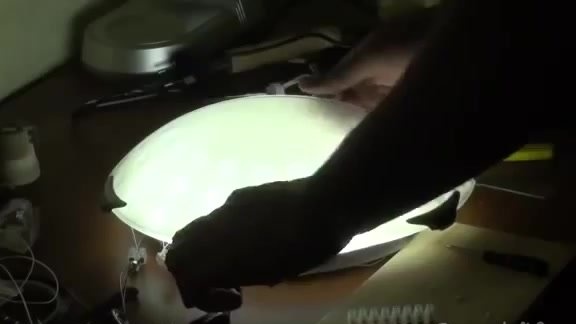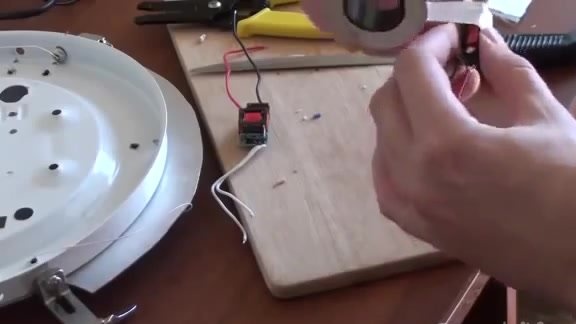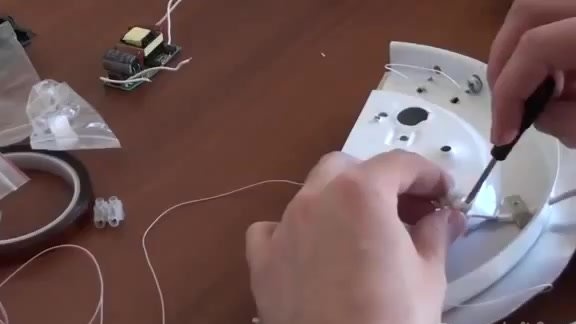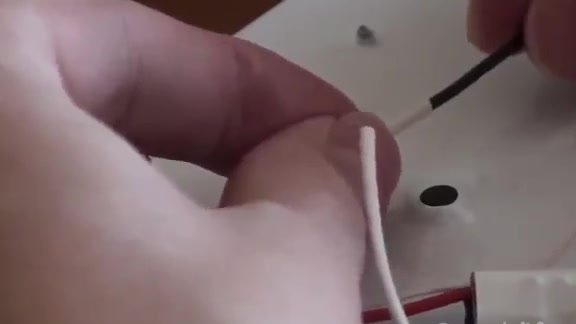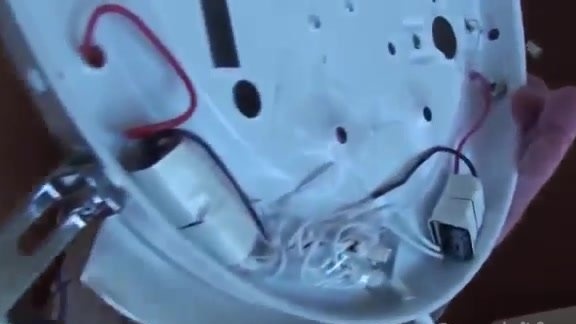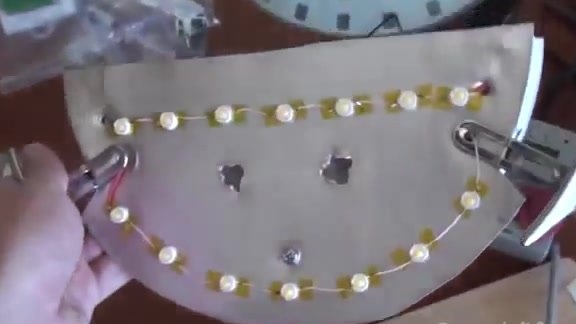LED bulbs are becoming more popular every day. This is due to their unique energy-saving property, which is very important in our time. An LED light bulb provides good indoor lighting, consuming significantly less electricity. Such bulbs can be purchased ready-made in specialized stores, or you can make them yourself, which we will try to do right now.
So, let's see how the author does this in the video:
In order to convert a conventional lamp into an LED, we need:
- An ordinary lamp designed for incandescent lamps;
- Aluminum plate;
- Thermo tape.
The first step is to remove the base, because we do not need it.
Next, cut a piece from an aluminum plate to the size of our lamp. The plate in our lamp will act as a radiator for the LED. Although LEDs do not have high efficiency, they still get warm and when they lose their properties they quickly burn out. Therefore, the larger the radiator, the better.
We mount the radiator on our lamp. We pre-make holes on it in order to further attach it to the wall.
Now we need to evenly distribute the LEDs. Although this is not necessary, since when the diffuser is put on top, unevenness will not be visible. But from a technical point of view, it is advised to do everything as evenly as possible.
Next, we take a thermal tape that does not conduct electricity and can withstand temperatures of more than 200 degrees Celsius. We need to stick the steps of the LEDs with this thermal tape to facilitate the soldering process and not cause a short circuit.
Next, glue the LEDs with a special glue that conducts heat.
After all the LEDs are glued, they need to be sequentially soldered together.
If you want to connect a dimmer to the LED lamp, you will have to connect a conventional incandescent lamp to it, since the dimmer needs additional power that the LEDs can not provide.As an alternative, you can use two separate drivers (non-dimmable), thus obtaining two separate chains.
Next, we wrap the LED drivers with electrical tape to avoid circuit. Finally, connect the wires. Red and black in the driver are plus and minus, while white goes to the outlet or switch.

